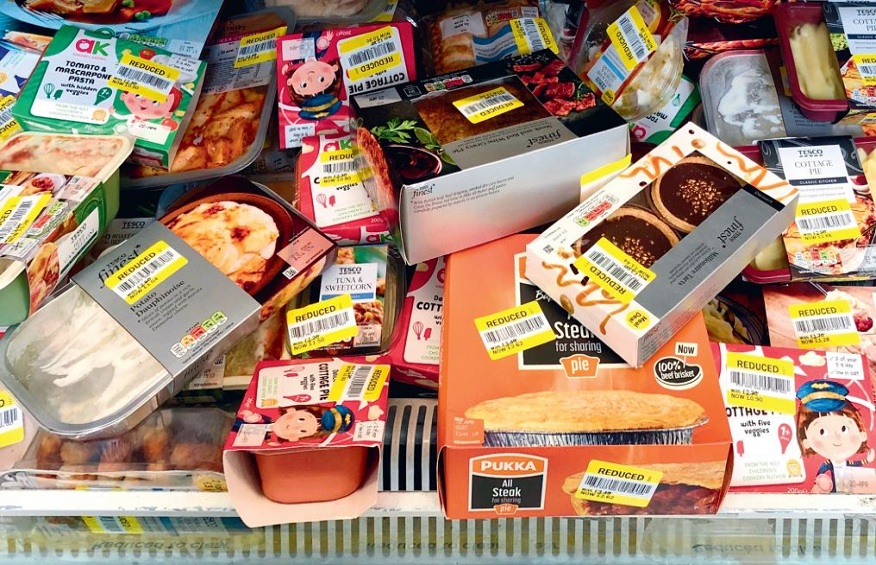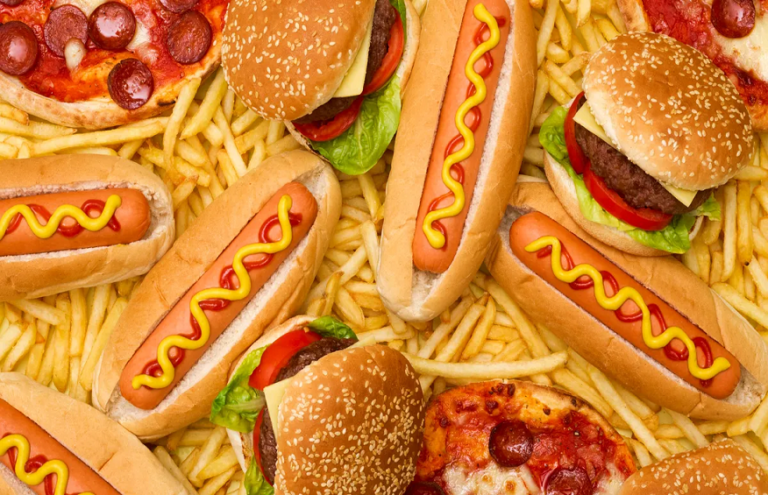Food packaging often contains a lot of information about its content, something that is not always easy to understand. How to become an actor of your health and make real informed choices in food stores ?
The INCO regulation and its new obligations
peanut peanut allergens
Nuts, one of the main allergens
concerns consumer information on foodstuffs. The goal is for the consumer to make more informed food choices in terms of health and not to be misled .
This regulation notably brought these new measures:
- mention of the presence of allergens in the ingredient list in bold or in italics.
- indication of origin or provenance for meat (fresh and frozen), honey, olive oil and fresh fruit and vegetables
mandatory typography with a font size of at least 1.2 mm (with exception for packaging with a surface area of less than 80 cm², the size is reduced to 0.9 mm) to improve the visibility of the label
One of the main novelties was the mandatory nutritional declaration from December 13, 2016. Under this barbaric name hides a table with nutritional values for 100g or 100 mL of foodstuff. These values can be expressed per portion or in % Daily Nutritional Benchmarks (DNR). The objective is for the cnsumer to be able to compare food products with each other.
Why do you need to improve your nutrition knowledge?
Having knowledge of nutrition allows you to better understand the logos, food labeling, ingredient list and nutritional values indicated on the product. This allows, among other things, to be able to differentiate between different products in relation to their nutritional quality.
Miller LM ‘s review of the scientific literature on the effect of food knowledge on the use of food labeling found in 27 studies a positive statistical association between knowledge of nutrition and the use of food labelling . Few studies have specifically analyzed the list of ingredients, but nutritional knowledge seems to favor the use of the list of ingredients to make better choices. However, one of the limitations is that there is a certain heterogeneity in the measurement of food knowledge in terms of methods.
In addition, this review cites the 1998 Levy & Fein study where 78% of consumers were able to identify nutritional differences between 2 products but only 20% were able to calculate the contribution of a food product to a daily nutrient intake.
Here is an infographic I made, deciphering a packaging for a pizza:
It is not so easy to understand the nutrition declaration since no one knows the recommendations for carbohydrates, fats or proteins to the nearest gram per day.
Which nutrients are present in the nutrition declaration?
A nutrient is a food constituent (present in food) that can be directly assimilated and used by our body to produce energy, build tissues or perform physiological or metabolic functions. Please note that a nutrient is not a food.
Some manufacturers calculate % NRVs. NRVs are Nutritional Reference Values (formerly RDA Recommended Daily Intakes or RNJ Daily Nutritional Benchmarks). These values are daily references for the entire French population for labelling, updated by the EFSA, European Food Safety Authority. They do not take into account age or gender or physiological status.













+ There are no comments
Add yours